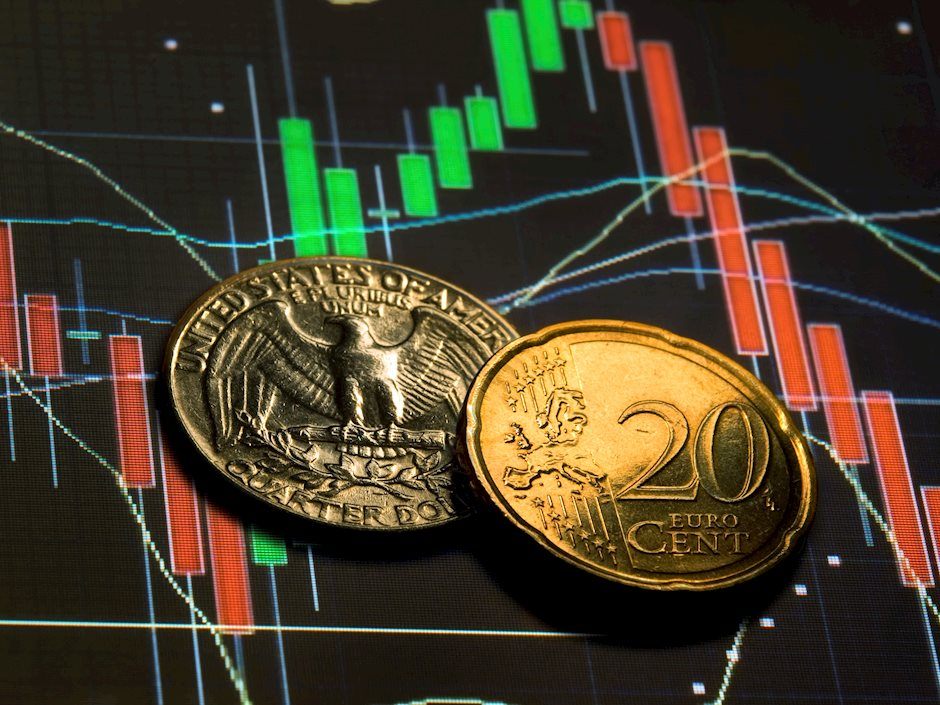EUR/USD Forecast 2017: politicians to displace Central bankers as market leaders

It took the FED a full year to raise rates for the second time in ten years, and the market almost two, to finally reflect in prices the imbalances between the FED and the rest of the world's Central Banks. The announcement came just a week after the ECB announced an extension of its QE program, which surpassed market's expectations, resulting in the EUR/USD pair suffering its longest losing streak since its inception in 1999: the pair is about to close in the red for a third consecutive year.
It was back in March 2014 when a debuting Janet Yellen said that the Federal Funds Rate could begin rising ‘around six months, that type of thing.‘ The EUR/USD pair opened that 2014 at 1.3760, and closed it at 1.2099, without the FED actually moving a finger. Enthusiasm over monetary policies' divergences faded during 2015, but the FOMC finally pulled the trigger, and the pair closed the year a 1.0857. Hopes for a second rate hike kept fading, all through this 2016, as despite strong, healthy growth in the jobs' sector, inflation has remained subdued. Still, a mild but steady improvement since mid-year backed the so long awaited second hike, resulting in the pair falling to fresh multi-year lows in the 1.0300 region.
But it was not just about the US and the FED. European slow growth, inflation holding close to deflationary levels and political woes, in the region, also affected the pair. Greece, Italy, Spain, Portugal, Ireland... Who would have thought that Great Britain was meant to be the first crack in the European Union? Greece was rescued again, and again, and again, but the UK held a referendum on its EU membership, won by Brexit supporters. PM Cameron resigned, and while the Pound suffered the most, the outcome dented further confidence in the Union.
Never-ending woes in Greece persists and while they hardly make it to center stage, the country's economic situation keeps worsening. Tsipras announced a Christmas bonus without its creditors' approval, who may refuse to keep on feeding the beast and could make the EUR tumble further. Same goes for Italy and its troubled banks, and government's intentions to rescue them against EU rules.
Ahh! and let's don't forget: Donald Trump won US elections and will be the 45th US President, taking over the office next January 20th, and with outrageous promises of boosting growth and inflation. Political risk in the Eurozone just keeps rising, while US inflation is picking up, getting closer to FED's 2% target for the first time in years.
In this scenario, how could the EUR do anything but fall? Indeed, is a tricky question, as the macroeconomic background is far larger than the above poor list of main 2016 events. And there's always two sides of a coin. The European situation can improve -German's data has been quite encouraging lately and is indeed the base of the region- while Trump can fail in its attempt to bring back the shine to the world's largest economy. The FED could once again falter to do as hinted in the dot-plot and stay on hold during 2017, while the ECB may beginning tapering.
Also, there are also hundreds of imponderables that we can't foresee right now, yet at this point, the EUR/USD pair is eminently bearish, and speculators are ready to give parity a test.
EURUSD Technical Outlook
The pair has fallen too far, too fast following US election's peak of 1.1299, almost 1,000 pips in a month and a half. Considering the pair ranged within 1.0800 and 1.1400, measly 600 pips for almost two years, the sharp decline has left technical indicators in the daily and the weekly chart near oversold territory, but by no means the pair is giving signs of downward exhaustion and in fact, the largest one suggests that the ongoing bearish trend may continue developing, at least during the first quarter of 2017.
The first probable bearish target comes at 1.0206, July 2002 monthly high, while below it, parity comes next. By the time the common currency began circulating within much of Europe in 2002, the pair was trading around 0.8900, the next downward target should parity give up. Fall beyond this last level can only be triggered by financial and political chaos, which can result in the pair reaching its all-time low, posted in October 2000 at 0.8225.
1.0600 seems not that far away these days and it is the first critical resistance for this 2017, followed by the base of the 2015-16 range at 1.0840. A recovery above this last will confirm a bottom and favor additional gains in the common currency, with 1.1200 and 1.1460 as the next mid-term critical resistances to watch.
EURUSD Point & Figure Chart
Author

Valeria Bednarik
FXStreet
Valeria Bednarik was born and lives in Buenos Aires, Argentina. Her passion for math and numbers pushed her into studying economics in her younger years.
-636179315115283598.png&w=1536&q=95)



















